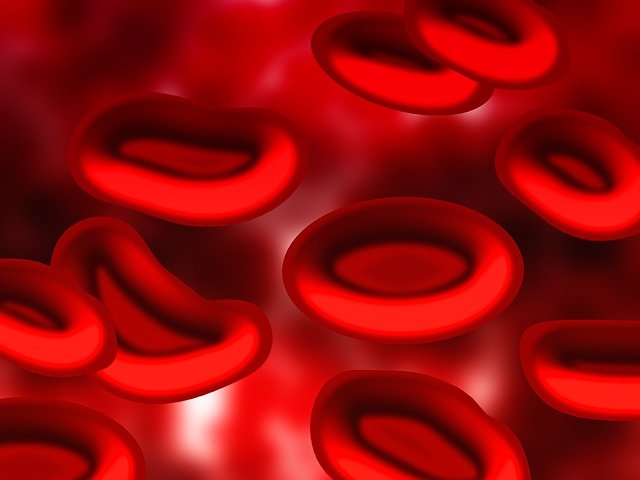Melanoma is a type of skin cancer. Melanoma has 5 different stages and the severity of this condition depends upon the stage.
- Stage 0: Melanoma develops only at the outermost skin layer and clinically this stage is recognized as “melanoma in situ.”
- Stage 1: Thickness of melanoma is up to 2mm and may or may not associate with ulceration. In this stage, melanoma is not spread to adjoining lymph nodes or other body parts.
- Stage 2: Thickness of melanoma is ranging from 1mm to 4mm with or without ulceration. In this stage, melanoma is not spread to adjoining lymph nodes or other body parts.
- Stage 3: In this stage, the original cancer is not visible, but has spread to nearby lymph node/s or even lymphatic channels without affecting distant organs. In case of visibility of melanoma possible, then the thickness is more than 4mm with ulceration.
- Stage 4: The melanoma cancer has spread to distant lymph nodes or organs, such as the brain, lungs, or liver.
The more advanced stage of melanoma is difficult to treat and worsens the outcome.
It has been estimated that 106,110 American adults will be diagnosed with the aggressive stage of melanoma skin cancer this year. Both male and female genders are equally susceptible to develop melanoma skin cancer and fifth most common cancer among both of these genders. White-skinned people have a 20 times higher risk of developing melanoma compared with black people. Usually, 65 years of age is common to diagnose this condition. But females can develop melanoma before 50 years of their age.
Surgical intervention can cure initial staged melanoma cancer. Almost 93% of people with initially staged melanoma have a 5-years survival rate. But 5-years survival rate depends upon the following factors:
- The thickness of the primary melanoma
- Involvement of the lymph nodes
- Spreading of melanoma in distant organs
Small, bean-shaped lymph nodes help to fight against infectious diseases. Melanoma with less than 1 mm thickness is unable to spread to lymph nodes and other distant body organs. In such cases, 5-years survival is 99%. But cancer patients with thicker melanoma may have only an 80% five-year survival rate. The possibility of 5 years survival rate becomes lower i.e. almost 66% in patients whose melanoma spread to nearby lymph nodes. However, various factors influence the survival rate of individual patients that are:
- Number of lymph nodes involved
- Genetic changes
- The volume of tumor in the involved lymph node(s)
- The characteristic features of the primary melanoma, like thickness, presence of ulceration, etc.
The spreading of melanoma in distant organs reduces the survival duration. It has found only 27% of patients with such advanced stage melanoma have 5 years survival rate. The diagnosis of this condition is also difficult at this stage. Only 4% of cases can diagnose with such worsening health conditions. However, the survival of the patient varies and that can only be estimated after the diagnosis of the stage and progression of the disease. However, many novel treatments are in pipeline. These newer treatment options will provide a better survival rate by preventing the worsening of the condition.
References
https://www.cancer.net/cancer-types/melanoma/statistics

